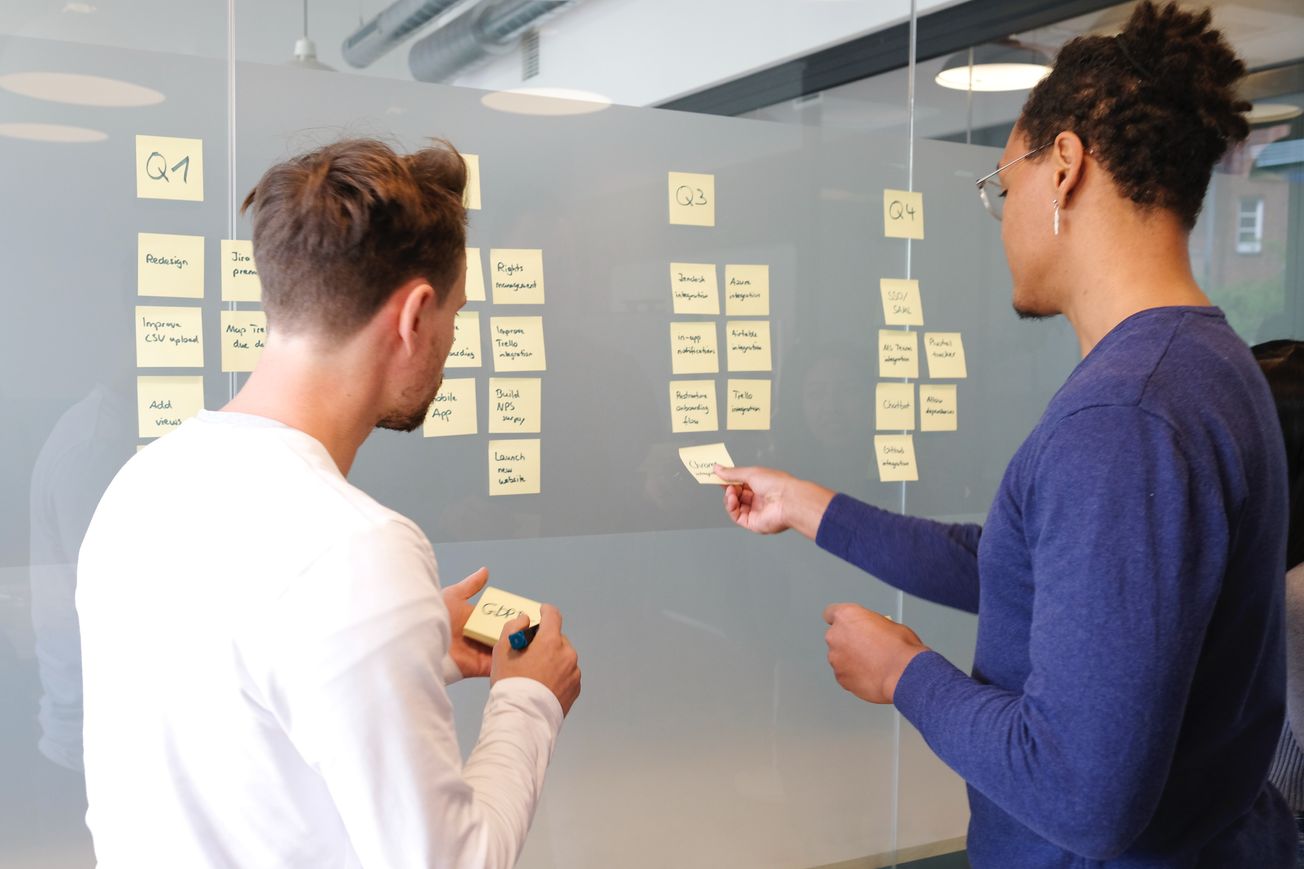Design thinking is a problem-solving approach that has gained popularity in recent years, particularly within the startup community. It is a methodology that focuses on understanding the needs of the end-user and developing solutions that are tailored to meet those needs. Design thinking is not limited to designers, but rather it is a process that can be applied by anyone looking to solve complex problems.
Design thinking is a human-centered approach that emphasizes empathy, experimentation, and iteration. It involves understanding the user's needs, brainstorming potential solutions, and prototyping and testing those solutions to ensure they meet the user's needs. By focusing on the needs of the user, design thinking helps startups create products and services that are more likely to be successful in the market.
What is Design Thinking?
Design thinking focuses on understanding the needs and desires of the end-user to create innovative solutions. It is a human-centered approach that puts the user at the center of the design process. Design thinking can be applied to a wide range of fields, including product design, service design, and business strategy.
Understanding the Concept
Design thinking is an iterative process that involves empathizing with the user, defining the problem, ideating potential solutions, prototyping and testing those solutions, and then iterating based on feedback. This process is cyclical and can be repeated as many times as necessary to arrive at a successful solution.
Key Principles
There are several key principles that underpin design thinking:
- Empathy: Design thinking starts with understanding the needs and desires of the end-user. This requires empathy and the ability to put oneself in the user's shoes.
- Collaboration: Design thinking is a collaborative process that involves cross-functional teams working together to arrive at a solution.
- Iterative: Design thinking is an iterative process that involves prototyping and testing potential solutions to arrive at the best possible outcome.
- Human-centered: Design thinking is focused on creating solutions that meet the needs and desires of the end-user.
- Experimental: Design thinking encourages experimentation and taking risks to arrive at innovative solutions.
By embracing these principles, design thinking can help startups create innovative solutions that meet the needs and desires of their target customers.
How is Design Thinking Applied to Startups?
Design thinking is a user-centered approach to problem-solving that can be applied to startups to create innovative products and services. The process involves several steps, including identifying the problem, empathizing with users, ideating solutions, prototyping, testing, and iterating.
1. Identifying the Problem
The first step in design thinking is to identify the problem that the startup is trying to solve. This involves understanding the pain points of the target audience and the market trends that are driving the need for a new solution. Startups can use market research, customer feedback, and competitor analysis to identify the problem and gain insights into the needs of their users.
2. Empathizing with Users
The next step is to empathize with the users and gain a deeper understanding of their needs, desires, and motivations. This involves conducting user research, such as interviews, surveys, and observations, to gain insights into the user's perspective. Startups can use this information to create user personas, which are fictional characters that represent the target audience and help the team understand their needs and challenges.
3. Ideating Solutions
Once the problem and user needs are identified, the next step is to generate ideas for solutions. This involves brainstorming and ideation sessions, where the team comes up with as many ideas as possible, without evaluating them. Startups can use tools like mind maps, storyboards, and other visualization techniques to generate and organize ideas.
4. Prototyping
After generating ideas, the next step is to create prototypes of the potential solutions. Prototyping involves creating low-fidelity versions of the product or service, such as sketches, wireframes, and mockups. This allows the team to quickly test and iterate on the ideas, without investing too much time or resources.
5. Testing and Iterating
The final step in design thinking is to test the prototypes with users and gather feedback. This feedback is used to refine and improve the solution, based on the user's needs and preferences. The team can then iterate on the solution and create a higher-fidelity prototype, which is tested again with users. This process continues until the team has a solution that meets the user's needs and solves the problem effectively.





